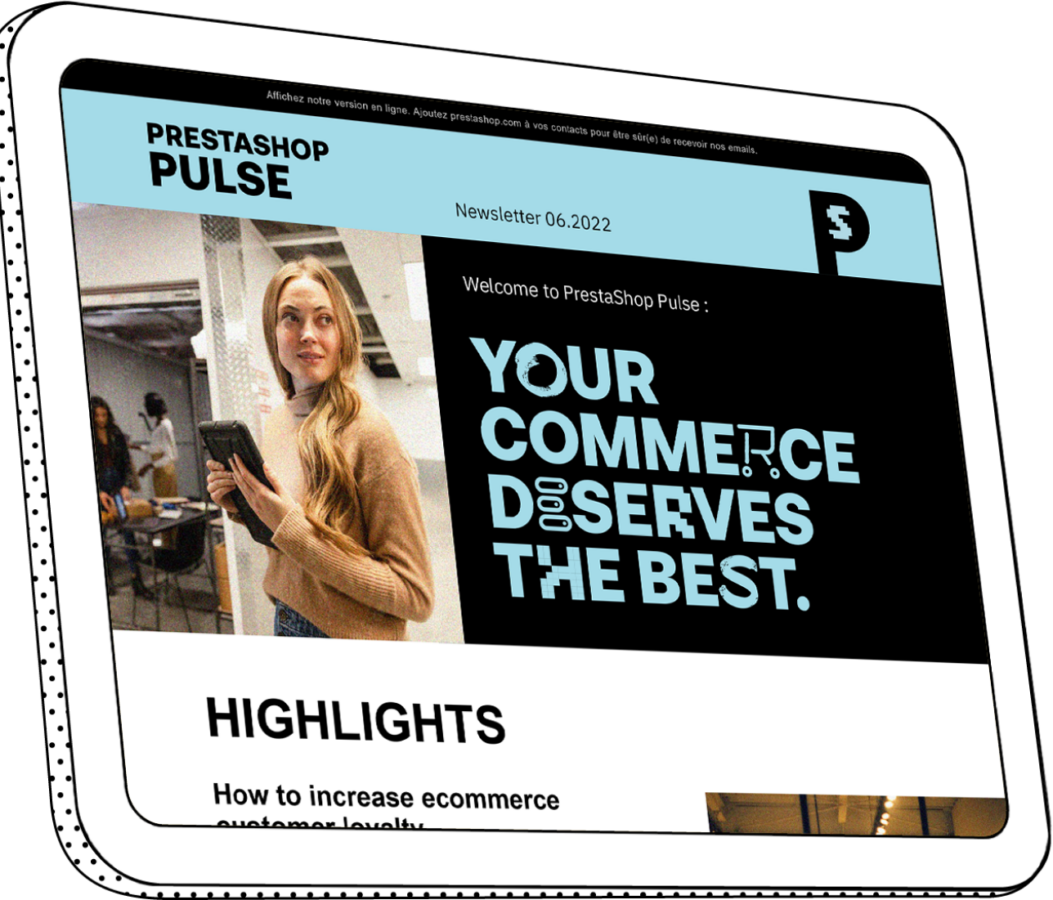How to nail down the right pricing strategy
Your pricing strategy can make or break your business; it's one of the most influential ways customers perceive the value of your product. There's lots of debate with pricing approaches like round-figure pricing vs. .99 cent pricing and bundled and wholesale pricing strategies. This article will discuss the different pricing approaches and how to choose the best one for your company.
Round Figure and .99 Cent Pricing
Let's start with round-figure pricing versus .99 cent pricing, known as psychological or charm pricing.
.99 cent pricing is based on the theory that certain prices make a product more appealing to customers, which is why a price of $9.99 is often perceived as better value than a price of $10. It works because the customer's brain typically reads from left to right, so the first digit on the price tag has the most impact. It's only a penny less, but our brain creates a bigger value gap.
That is the theory, but truth be told, the research is mixed. Some studies suggest it can increase sales due to the psychological perception of value it provides, while others indicate that it can cheapen brand image. Think about where you see it the most - in the retail world, where cheap goods are always on sale. Round-figure pricing tends to bestow a sense of quality and can be especially effective for high-end items.
The effectiveness of each strategy is strongly dependent on the nature of the product and industry (along with other factors). However, irrespective of the specific pricing method chosen, what matters is value perception.
Bundled Pricing
Bundled pricing is just like it sounds - selling multiple products together at a lower price than an individual item. It works because the perceived value of the bundle is greater than the sum of its parts. The customer's brain is saying, "I'm getting more for less."
The benefits for businesses for bundled pricing can be several: it can help move more products, reduce inventory, and introduce new products. That said, you can't just bundle anything anytime; the bundle has to make sense. The products must be complementary, and the price has to be a bargain. If not, the strategy can backfire.
Wholesale Pricing
Now let's discuss wholesale pricing. Here we're referring to selling products in large quantities at a discounted rate. The most obvious benefit of wholesale pricing is you sell more products. This is especially great if you have low production costs or operate in markets where it's possible to scale. There is a catch, however: it can lower profit margins per unit and run the same risk as charm pricing, as you can devalue your brand.
Other Factors To Consider
Besides your product and industry, there are other factors you have to consider when choosing between different pricing options.
An Economic Recession
In a bad economy, customers become more price-sensitive. This is the perfect environment to start using .99-cent pricing. However, your customer base will always have the last word - if your brand is positioned as a high-quality choice, you should keep your round-figure pricing. Your consumers are likely less affected by economic fluctuations anyway, and there's no point in devaluing your brand just because of a recession.
Highly Competitive Markets
If you have a ton of competition, you can really stand out by using bundled and wholesale pricing. Bundled pricing can help you "zig" when your competition is "zagging" by providing unique combinations of products that don't yet exist in the market.
Advances in Technology
Artificial intelligence and machine learning are changing everything, including pricing strategies. AI-powered tools can help you analyze data to understand customer behavior and price sensitivity better, allowing you to update your prices accordingly.
Moreover, by using high-quality invoicing and billing software and integrating it with your analytics tools, you can gather additional customer data that can help you further refine your pricing strategy. Look for invoicing software with features such as automated recurrence, payment reminders and a user-friendly interface.
Conclusion
There isn't a one-size-fits-all approach to pricing. The choice between .99 cent and round-figure pricing depends on the product and the market. Similarly, the decision to use bundled or wholesale pricing hinges on factors like the nature of your products and market forces.
The best pricing strategy will align with your business goals and help you reach your target customers. And it starts with proper market analysis. Regular market research and sales data analysis should be the base of your pricing decisions, or you might miss out on sales that would otherwise be easy to get.






